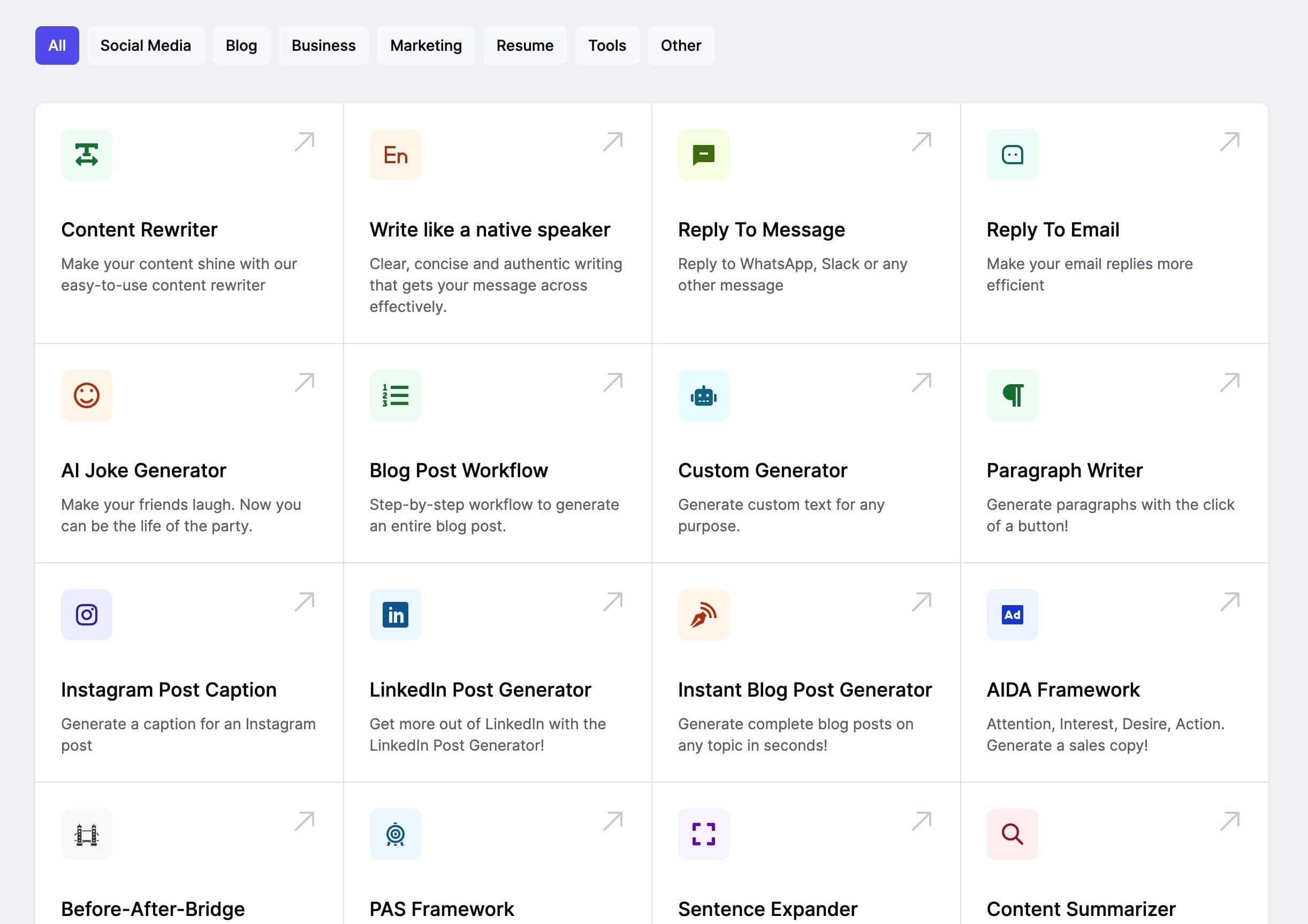You are considering investing $10,000 at an interest rate of 4% compounded annually for five years or investing the $10,000 at 5% per year simple interest for five years. Which option is better?
Analysis
This problem compares two ways to grow a cash investment over five years: one using annual compound interest at four percent and the other using simple interest at five percent. The approach is to compute the future value under each method and then compare which is larger.
Solution
Step One – Compute future value under compound interest
Operation uses the compound interest formula
A=P×(1+r)n
where P is the principal, r is the annual rate, n is the number of years.
Calculation of growth factor
First compute the square of 1.04
1.042=1.0816
Then compute the cube of 1.04
1.043=1.0816×1.04=1.124864
Then compute the fourth power of 1.04
1.044=1.124864×1.04=1.16985856
Then compute the fifth power of 1.04
1.045=1.16985856×1.04=1.2166529024
Multiply by the principal
A=10000×1.2166529024=12166.529024
Rounded to cents
Acompound≈12166.53
Step Two – Compute future value under simple interest
Operation uses the simple interest formula
A=P×(1+r×n)
Substitute values
A=10000×(1+0.05×5)=10000×1.25=12500
Thus
Asimple=12500
Step Three – Compare results
We have compound interest outcome
12166.53
and simple interest outcome
12500
Since 12500 exceeds 12166.53, the simple interest option yields the higher future value.
Answer
The five-year simple interest investment at five percent yields 12500 which is greater than the compound interest result of 12166.53. Therefore the simple interest option is the better choice.
